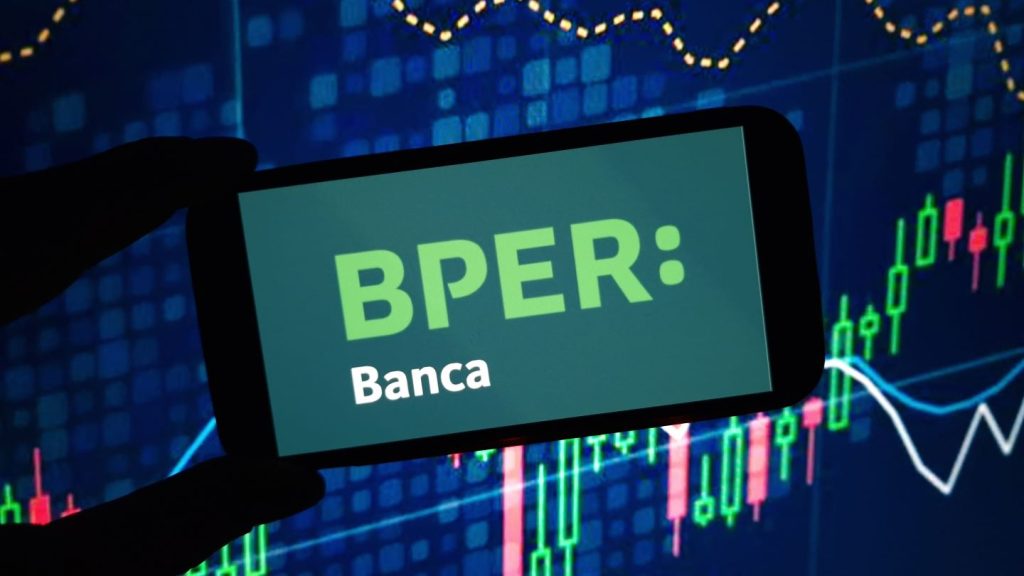
Within financial services, a profound transformation is unfolding as embedded finance promises to reshape the industry and deliver financial services to customers directly at their point-of-need. In 2024, this dynamic shift is poised to redefine the sector in ways that will be felt across various verticals and new markets.
Whether it’s e-commerce platforms offering BNPL to their customers, or payment-service platforms integrating lending into their value-proposition, this innovative approach has been a driving force in reshaping how financial services are accessed and utilised.
The sector’s trajectory is nothing short of impressive, with the global market size of embedded finance reaching $58bn in 2022, a figure projected to skyrocket to $730.5bn by 2032. New technological innovations in this space will help push that number even further, and in the case of embedded lending, this is ultimately driven by solving a real problem; helping SMEs finally access the financing they need to grow in this economy.
As we look ahead, several key trends will define the maturation of the embedded finance sector in 2024.
Embedded finance outpacing traditional banking services in financial inclusion
As embedded finance solutions have become faster and more accurate, they are set to outpace traditional banking services in promoting financial inclusion.
In 2023, a YouLend study, in partnership with Experian, analysed over 100,000 cases of merchant financing on YouLend’s platform and found that embedded financing models are more effective in providing capital for underserved communities in the UK due to their applicant-agnostic and unbiased risk assessment models.

US Tariffs are shifting - will you react or anticipate?
Don’t let policy changes catch you off guard. Stay proactive with real-time data and expert analysis.
By GlobalDataFor instance, the study revealed that over half (58%) of the SME capital segment went toward the two most deprived regions in the UK, and 29% of all applications YouLend received are from female-led businesses, outperforming the national average of 17%.
Sustained high inflation throughout 2023 has made the availability of financing offered to SMEs by traditional lenders limited. The Business Finance Review by UK Finance found that in 2023 Q3 gross lending to SMEs was down by over a fifth when compared to Q3 of 2022.
So, whether it’s offering revenue-based financing to small businesses or providing banking services to the unbanked population, embedded finance is set to bring more individuals and businesses under the fold of financial inclusion.
Synergy between AI/Machine Learning and embedded finance
One of the most significant transformations anticipated in the coming year is the deepening synergy between AI and Machine Learning and the embedded finance sector that will unlock unprecedented levels of efficiency, accuracy, personalisation, and risk management. AI in financial services is already bringing significant change, with 37% of professionals working at financial institutions having already deployed AI technology in the last 12 months, according to a survey published by Finastra.
Specifically, within embedded lending, Machine Learning algorithms will increasingly play a pivotal role in tailoring financial products to individual needs, optimising decision-making processes, and enhancing overall customer experience. For example, AI algorithms can be trained on merchant data, enabling the algorithm to learn industry-specific insights from SMEs with more than a complete cycle of data and apply them to those with less.
This convergence will elevate the sophistication of embedded finance offerings, creating a more seamless and intelligent financial ecosystem for all.
Rise of cross-sector global partnerships for innovative products
Traditional boundaries between industries will blur as financial services integrate with e-commerce, banking, payments, hospitality, food delivery and technology sectors. IBM found that 70% of banking executives say embedded finance is either core or complementary to their business strategy.
Looking into the dynamics of embedding financial services within non-financial industries, a potential Red Queen effect emerges, where success depends on adapting and innovating swiftly. Many companies that have integrated financial services into their product offerings derive most, if not all, of their bottom-line profits from these value-added services.
This underscores a logical imperative: if your business can meaningfully integrate financial services, then perhaps it must. Otherwise, you risk observing your competitors leverage the growing economics of embedded finance to subsidise, or even replace, their core business models in pursuit of expanding their total addressable market.
Embedded finance has appeared in the product ecosystems of leading non-financial companies such as Amazon, eBay, and Just Eat Takeaway.com, combining the strengths of diverse industries to create innovative and highly tailored products to consumers’ specific needs. From business financing to retail-driven credit solutions, the possibilities are vast and promising. And this change will stem from consumers themselves, with SMBs favouring convergence of all their financial needs available in one solution. So, platforms are increasingly playing into that and becoming a one-stop shop for their customers.
In 2024, the embedded finance sector is primed for maturity. The convergence of machine learning, financial inclusion, global parity, and cross-sector collaboration will usher in a new era of financial services, redefining how individuals and businesses interact with financial products. The phrase “every company wants to be a fintech” shows a landscape where embedded finance is not just a technological trend, but a cornerstone of a more inclusive, efficient, and interconnected global financial ecosystem.

Luuk Visschedijk is global head of strategic partnerships at YouLend







